Butternut squash is a nutritious and delicious first food for babies! Here is everything you need to know about serving butternut squash and other winter squash for baby led weaning, including cooking methods, safe serving methods, and recipe ideas.

Butternut squash and other winter squash, such as acorn squash, are great first foods for babies because they are loaded with nutrients and are naturally sweet. When cooked to a nice, soft texture, butternut squash is perfect for baby led weaning or babies in the finger food stage. It's also delicious for the whole family, with very little modification needed from the family table to baby's plate.
Jump to:
When Can Babies Have Butternut Squash?
Babies can have eat butternut squash as soon as they are developmentally ready for solids, around 6 months of age. Butternut squash must be peeled and cooked until soft before serving to babies in an appropriate form. Keep reading for some suggested cooking methods and serving shapes for baby led weaning and finger food babies.
Baby Health Benefits
Butternut squash is rich in nutrients, including:
- Vitamin A
- Vitamin C
- B vitamins
- Magnesium
- Potassium
- Fiber
- Antioxidants
These nutrients work together to support baby's immune system, bones, skin, eyes, and digestive system. Butternut squash also contains some folate, calcium, and iron, all important minerals for baby's growth and development.
How To Serve Butternut Squash For Baby Led Weaning
Here are some BLW-friendly ways to offer butternut squash and other winter squash, regardless of cooking method. Squash should always be cooked to a soft texture that baby can easily mash between his gums, and be free of skin and seeds.

1. Sticks or Half Moons (6+ months)
Long pieces of well cooked butternut squash are easier for little eaters to pick up and bring to their mouths before developing the pincer grasp. You can cut squash into sticks about the length of your finger, or into half moons following the natural curves of the squash.
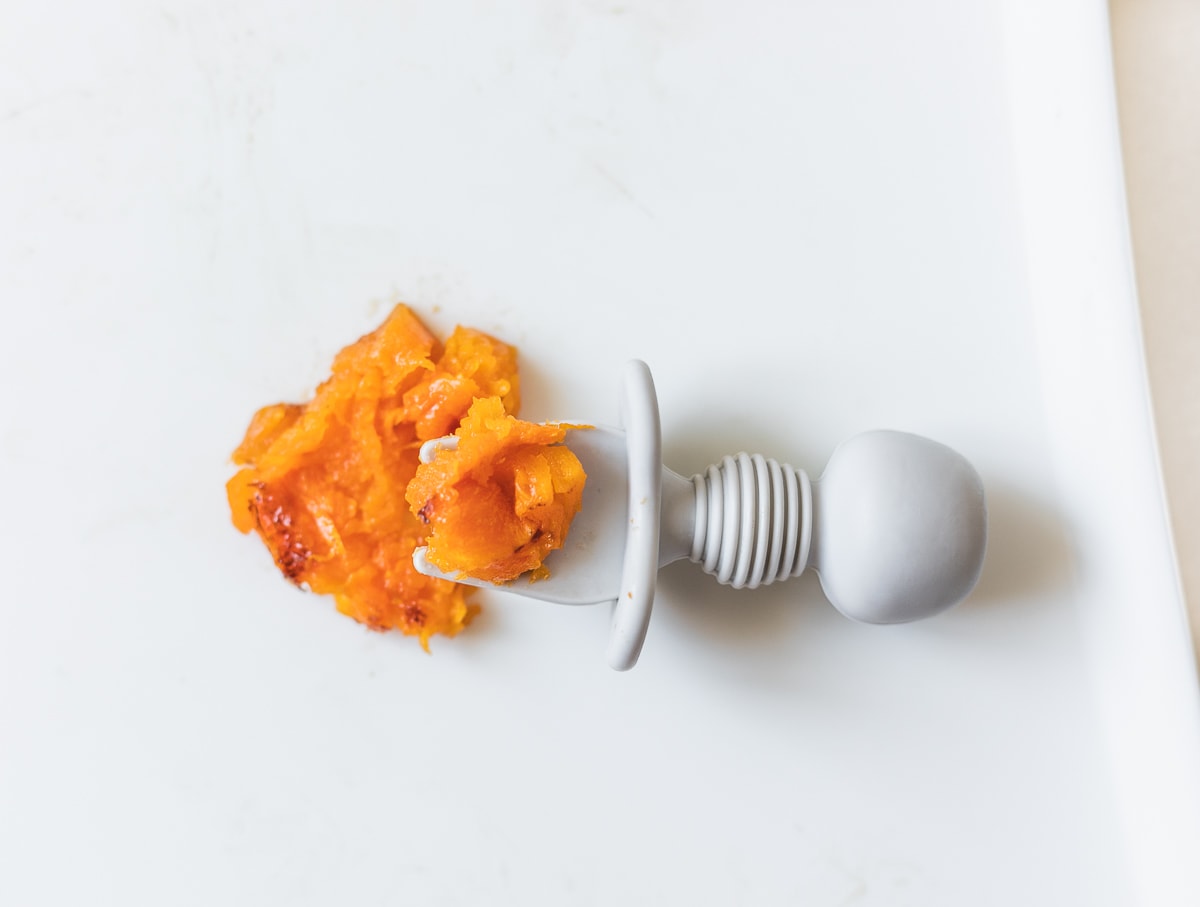
2. Mashed (6+ months)
Mash well-cooked butternut squash and offer in a bowl or plate with a rim, or pre-load a soft spoon and place on the tray for baby to practice with utensils.

3. Cubes (9+ months)
Once baby has developed a pincer grasp, usually around 9 months of age, you can offer soft cooked butternut squash in small cubes about the size of your pinky nail.
4. In a soup or sauce (6+ months)
Butternut squash is used in many delicious pasta sauces and pureed soups, many of which are great for BLW babies! Let baby eat pasta (in an appropriate shape!) with his hands and preload soups onto a soft spoon or let baby dip toast fingers into it.
How To Cut Butternut Squash
While some people use a vegetable peeler to peel the though skin from butternut squash, I find it easier to use a sharp knife to cut it away.

- First, cut the stem end from the squash, then cut the squash in half down the middle, separating the bulb end from the straight end so you have a flat surface. Set the straight end on the flat end on a cutting board and use a sharp knife to cut the skin away from top to bottom.
- Cut the bulbous end in half vertically so that you can scoop the seeds out with a spoon, then repeat the process of cutting away the skin.
- Once the skin is peeled away, you can cut the squash into half moons, sticks, or cubes!
Note: If you're going to be mashing the squash, you can save yourself some work by simply cutting the squash in half and roasting the halves. Then scoop the flesh from the skin once it's cooked.
Best Ways to Prepare Butternut Squash for Babies
Butternut squash can be prepared so many ways! Here are some appropriate ways to cook butternut squash for babies. Be sure to cut the squash into the shape you need prior to cooking or once it is done.

1. Boiled or Steamed
Place cubes or sticks of butternut squash in a saucepan and cover with water. Boil until tender, about 10 minutes.
To steam, place cubes or sticks in a steamer basket with water underneath. Cover and steam until tender, about 10 minutes.
2. Roasted (Cubes, Half Moons, or Sticks)
Peel and cut butternut squash into the desired shape. Toss with a bit of olive oil, avocado oil or melted coconut oil and any seasonings you like. Roast at 400°F for about 20-25 minutes, tossing halfway through, or until squash is tender.
3. Roasted (Halved)
Save yourself some peeling with this easy method! Cut the squash down the center vertically and scoop out the seeds. Drizzle or brush the flesh with oil and place cut side down on a baking sheet (use parchment paper or a silicone mat for easier cleanup!). Roast in the oven at 400°F for 30-45 minutes or until tender. Once cooked and cooled to the touch, you can scoop out the flesh with a spoon and mash it, or peel the skin away and slice squash into the desired shape.
Flavor Pairings: You can season squash however you'd like, avoiding added sugars and honey. Some favorites include cinnamon, nutmeg, and ginger for a sweeter flavor, or for more savory flavors, try garlic, rosemary, thyme, sage, or chili powder.
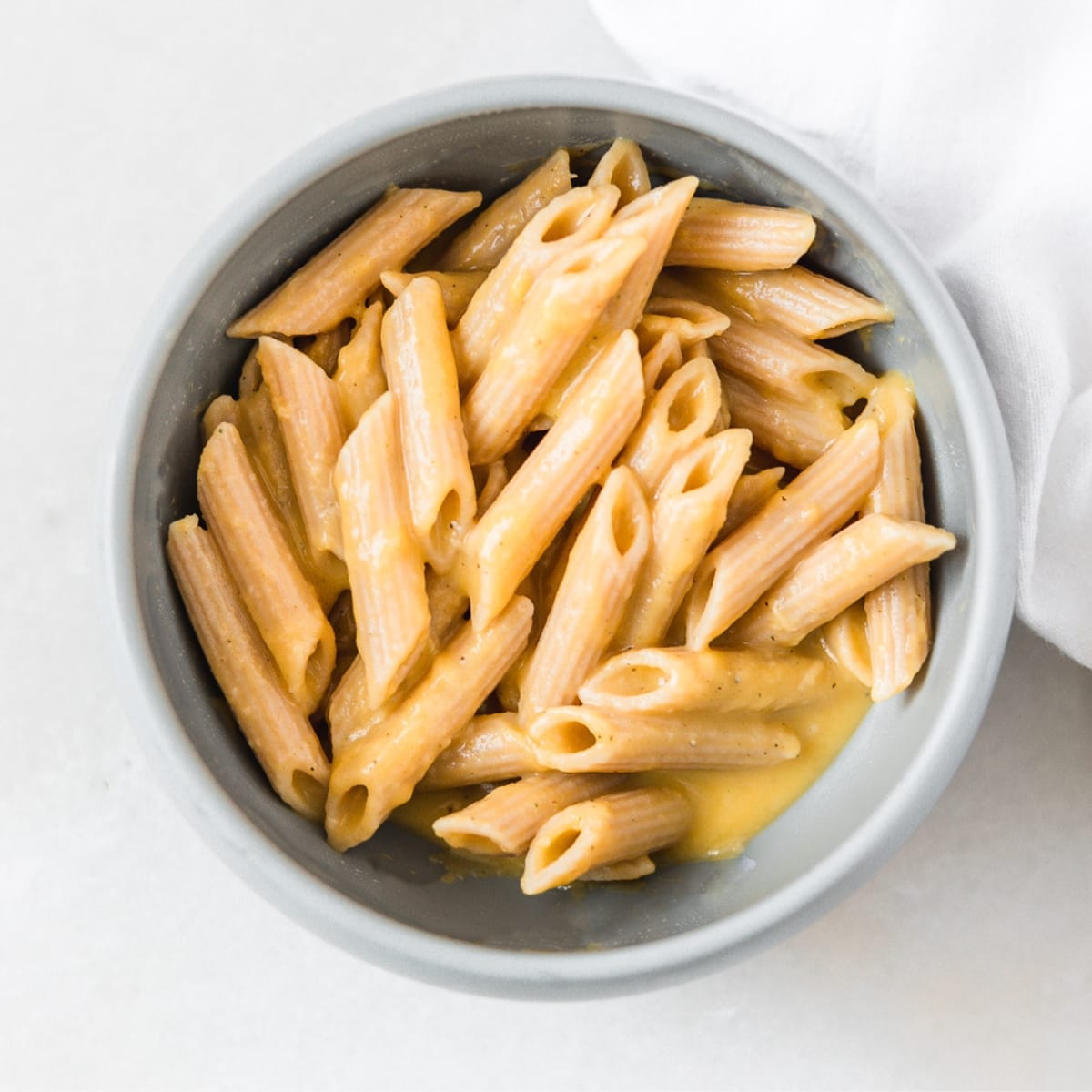
BLW Friendly Butternut Squash Recipes
- Butternut Squash Pasta Sauce (pictured)
- Butternut Squash Pancakes by MJ and Hungryman
- Butternut Baked Risotto by My Kids Lick the Bowl
- Butternut Squash Mac and Cheese by Healthy Little Foodies
- Garlic Butter Parmesan Baked Butternut Squash by Eat Well 101 (cut squash into half moons or sticks)
- Roasted Butternut Squash by Creme de la Crumb
- Roasted Butternut Squash Soup
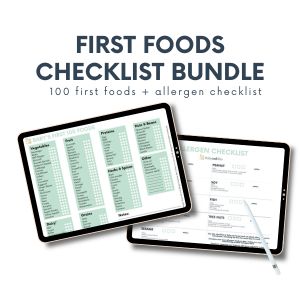
Track your baby's journey through starting solids! Get my 100 First Foods Checklist and Allergen Checklist Bundle today!
FAQ
Soft cooked butternut squash is not a common choking hazard, but the seeds can be. Always be sure to remove the skin and seeds, and serve in an appropriate shape for baby.
No, allergies to butternut squash are rare. It is possible for an itchy skin reaction to occur when preparing it, or on baby's face and hands. Wash up directly after eating, and it's happens, apply a barrier ointment to baby's face before eating.
Butternut squash skin is very tough and should not be eaten, especially for babies.



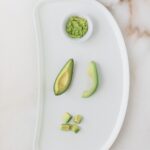
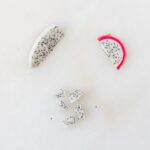


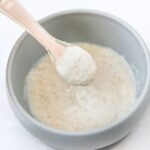
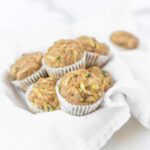


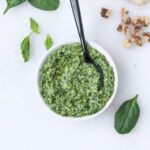
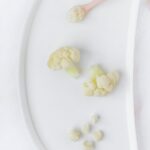
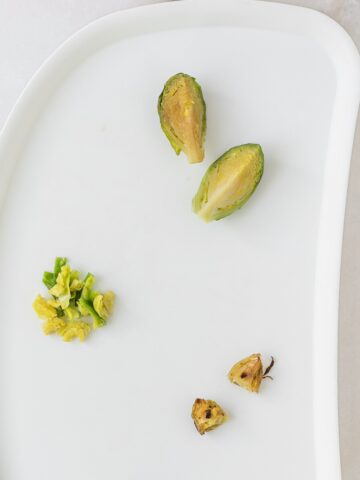
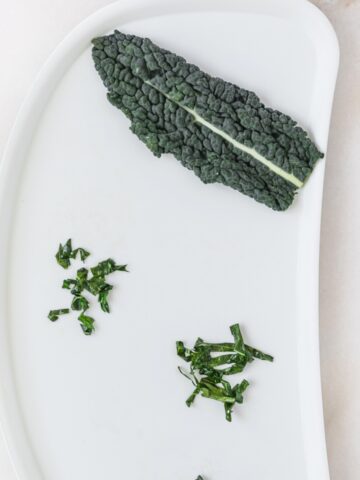

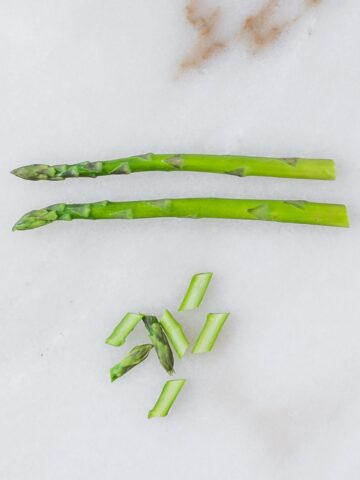
Leave a Reply